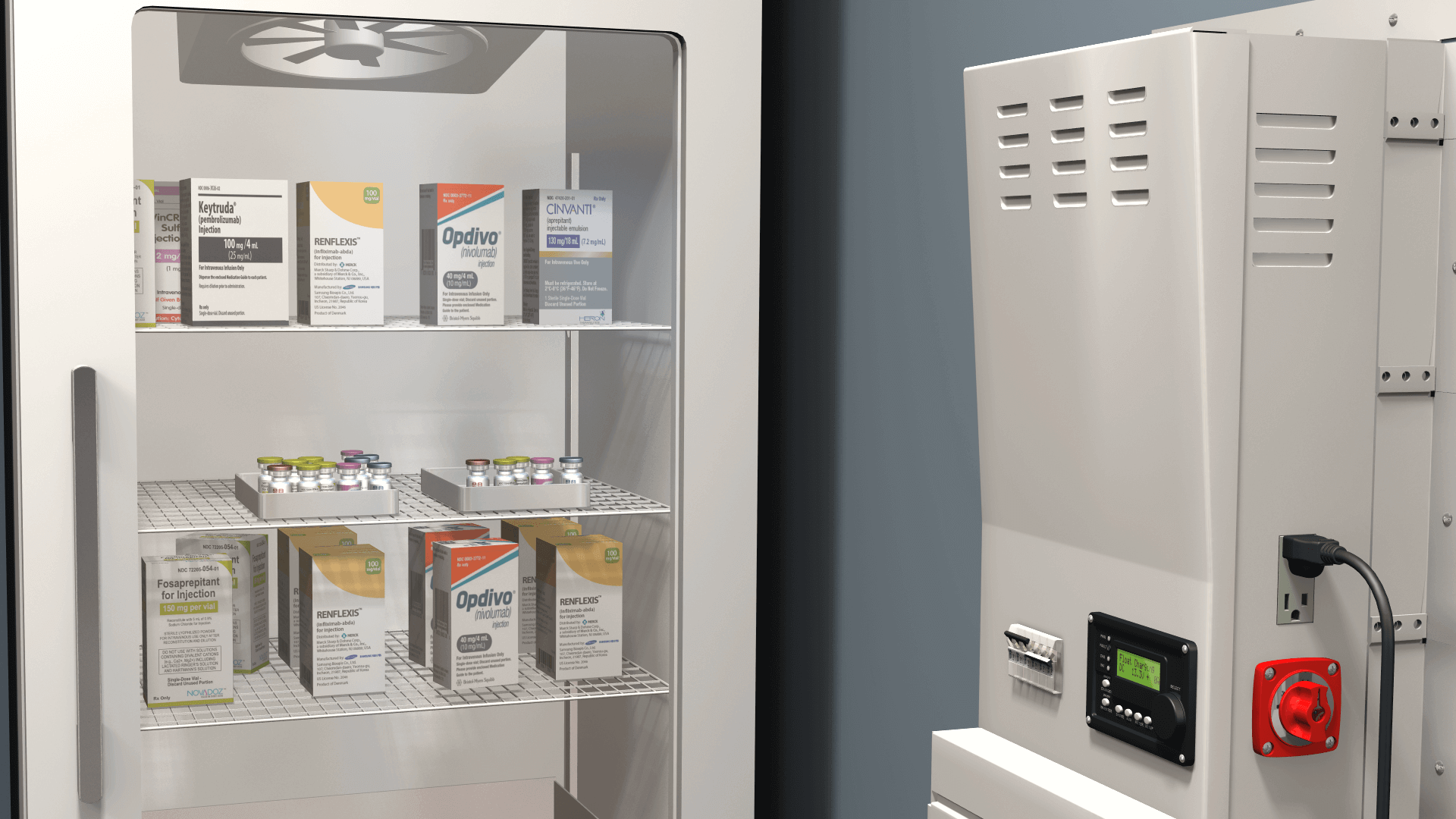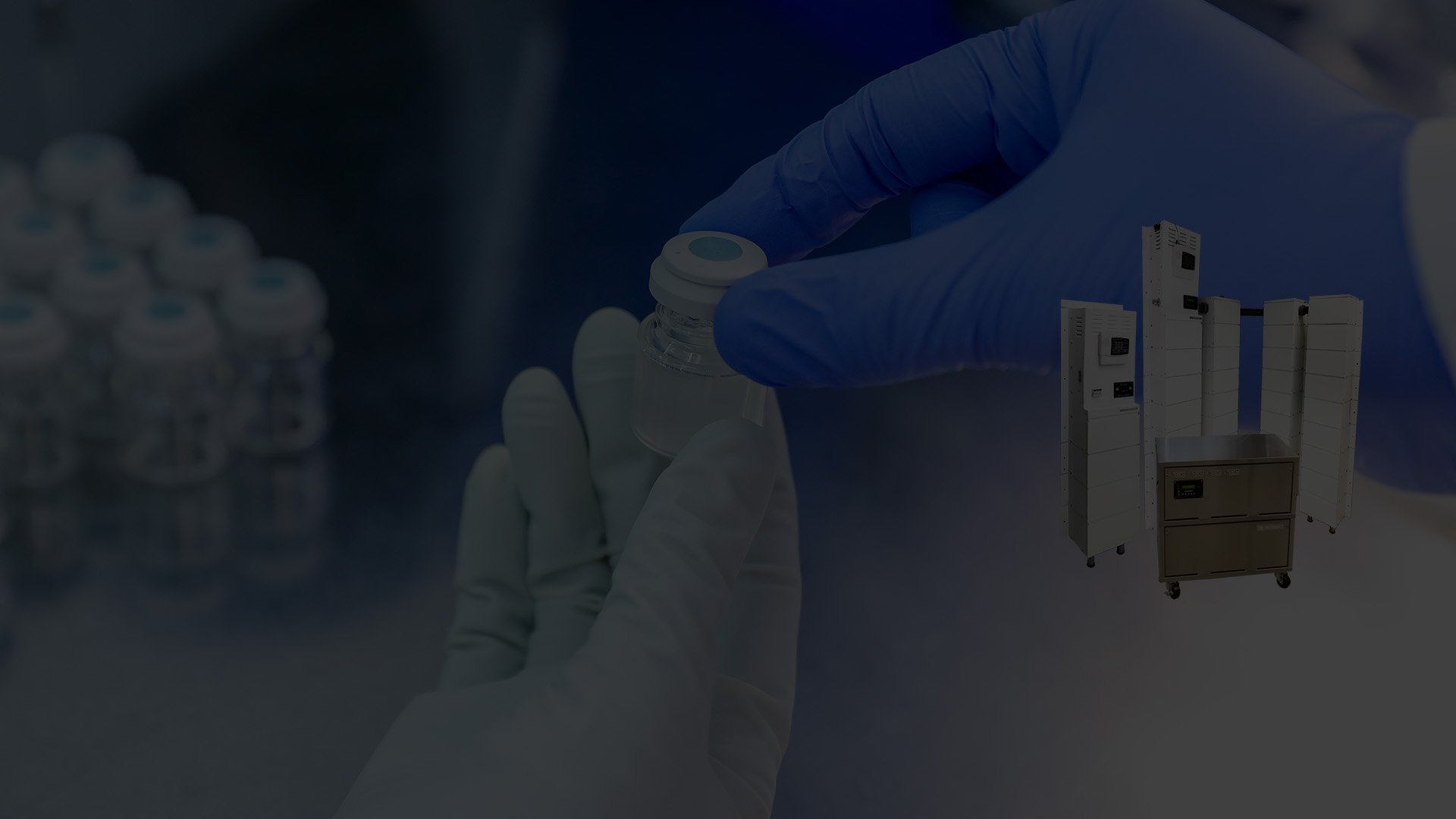Backup Generators |
March 13, 2024
| Medi-Products
Supply Chain Challenges Battery Backup Production
Although the world is gradually surmounting the challenge of COVID-19, the global recovery is stuttering due to international supply shortages. Due to various difficulties, from post-COVID demand to labor shortage and rising energy costs, supply chains have taken a hit globally, and this is affecting manufacturing and trade.
Surprisingly, battery production has been one of the hardest-hit sectors. From early 2021, numerous original equipment manufacturers (OEMs) that use batteries in their products were forced to close shop due to a chip shortage and expensive raw materials.
As a result of these shocks, which endured throughout 2021, the battery backup market might be affected well into 2022.
Global supply disruptions have skewed battery production
Batteries have become a vital part of everyday life for billions of people and tens of industries worldwide. They’re a critical source of backup power in millions of products manufactured worldwide, apart from their value as a standalone alternative power source.
We’re in a world increasingly dominated by batteries – they’re in cars, mobile phones, laptops, and home appliances. They’re vital stores of excess energy and are probably the driving force behind the entire green energy transition. For context, global battery demand is expected to increase over 30% a year by 2030, and electric vehicle sales are projected to constitute up to 50% of new car sales in the US by 2040.
Against this background, it’s easier to see why a supply chain-driven battery shortage is such a big deal. As Bloomberg reports, many factors have created a global supply chain squeeze that is affecting multiple industries, including battery production.
The COVID-19 pandemic caused severe disruption in the industry, with mandatory lockdowns slowing or completely halting production in many countries. Even after lockdowns eased, an unexpected surge in consumer demand and rising energy costs threw supply chains into further chaos. In addition, uncertainty over post-COVID work arrangements meant the shipping industry was deprived of millions of workers, leading to domestic labor shortages.
According to Bloomberg, shipping costs increased up to 10x for some destinations due to increased transportation costs and labor shortages. As a result, manufacturers were not receiving necessary raw materials, and suppliers could not ship components or could only do so at a high cost.
These bottlenecks created “a perfect storm,” which has touched most global industries, including the battery industry.
Key battery backup components at risk
The challenge to battery backup production has manifested in relation to three key components – inverters, batteries, and cables.
Inverter production suffered from the global microchip shortage that affected industries worldwide. Inverter chips use a specific integrated circuit (IC) that supports inverters in how they convert direct current (DC) to alternating current (AC). But due to severe disruptions in the supply of microchips, inverter production slowed down or halted in some instances.
What caused the chip shortage in 2021? Again, there are multiple factors responsible for the crisis, including the tailwinds of the pandemic and an unanticipated surge in demand for automobiles. During the height of the pandemic, microchip production either stalled, slowed down, or was diverted to other end uses. As a result, the forceful return of demand in early 2021 caught most producers cold, and from there, the supply woes only deepened.
The industry also suffered from the minimal global production of chip technology. Very few countries possess microchip production expertise worldwide, and this limits manufacturers to a small pool of potential suppliers. Perhaps governments worldwide will take the lead of the EU and increase their local capacity for microchip production to help de-risk this sector.
Similarly, battery cables were severely challenged by the global supply chain squeeze, particularly the meteoric rise in the cost of raw materials. As mentioned earlier, the combination of high transportation costs and labor shortages made component sourcing prohibitively expensive. In typical fashion, suppliers transferred these costs to their client manufacturers, increasing raw material costs.
In an industry that already operates with slim margins, expensive input products only squeeze those margins tighter. These conditions force cautious manufacturers to downsize production or choose to wait things out, while bolder companies might find innovative ways to pass the costs on to final consumers.
Lastly, while batteries also suffered from the input problems other components endured, challenges from transportation costs were more prominent here. Companies require reliable and affordable shipping to procure critical supplies, just as they need cost-effective options for final delivery to consumers. However, with transportation costs running away in 2021, procurement and fulfillment became more difficult.
These shipping challenges, combined with the unprecedented post-COVID surge in demand, complicated battery backup production in 2021. Manufacturers look forward to a return to normalcy and a stabilized industry with the passing year.
Potential expectations going forward
While initial predictions were that the supply chain bottlenecks would fizzle out by mid to late-2021, central banks have had to revise that assessment. There is a consensus that the shocks will last into 2022, although there are hopes that things should start to improve.
As manufacturers and suppliers test the waters in 2022 and implement internal measures to meet these challenges, we expect things to start to look up. But, naturally, any self-correction from the market will take time, so it might be mid-year before the market attains some semblance of normalcy.


